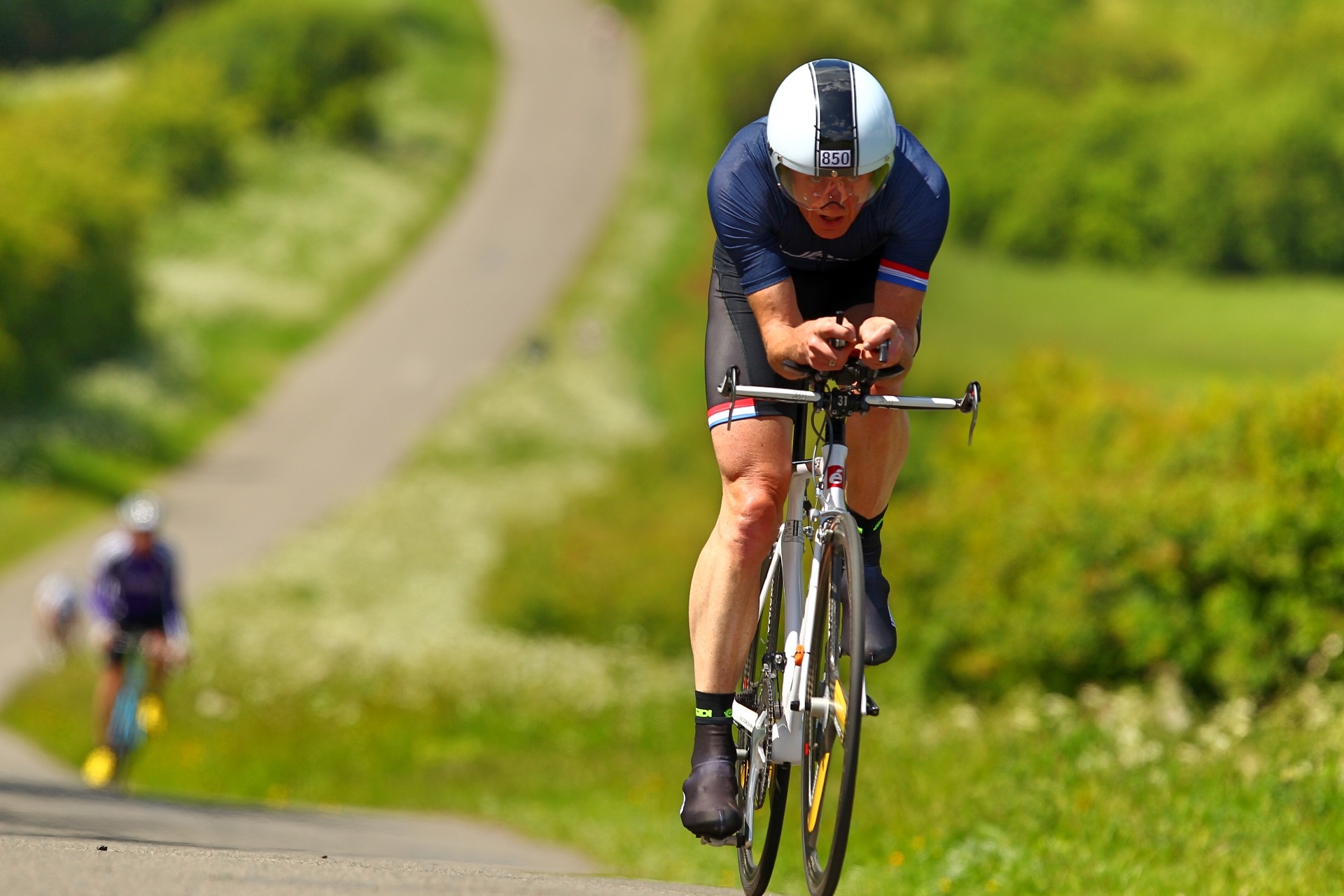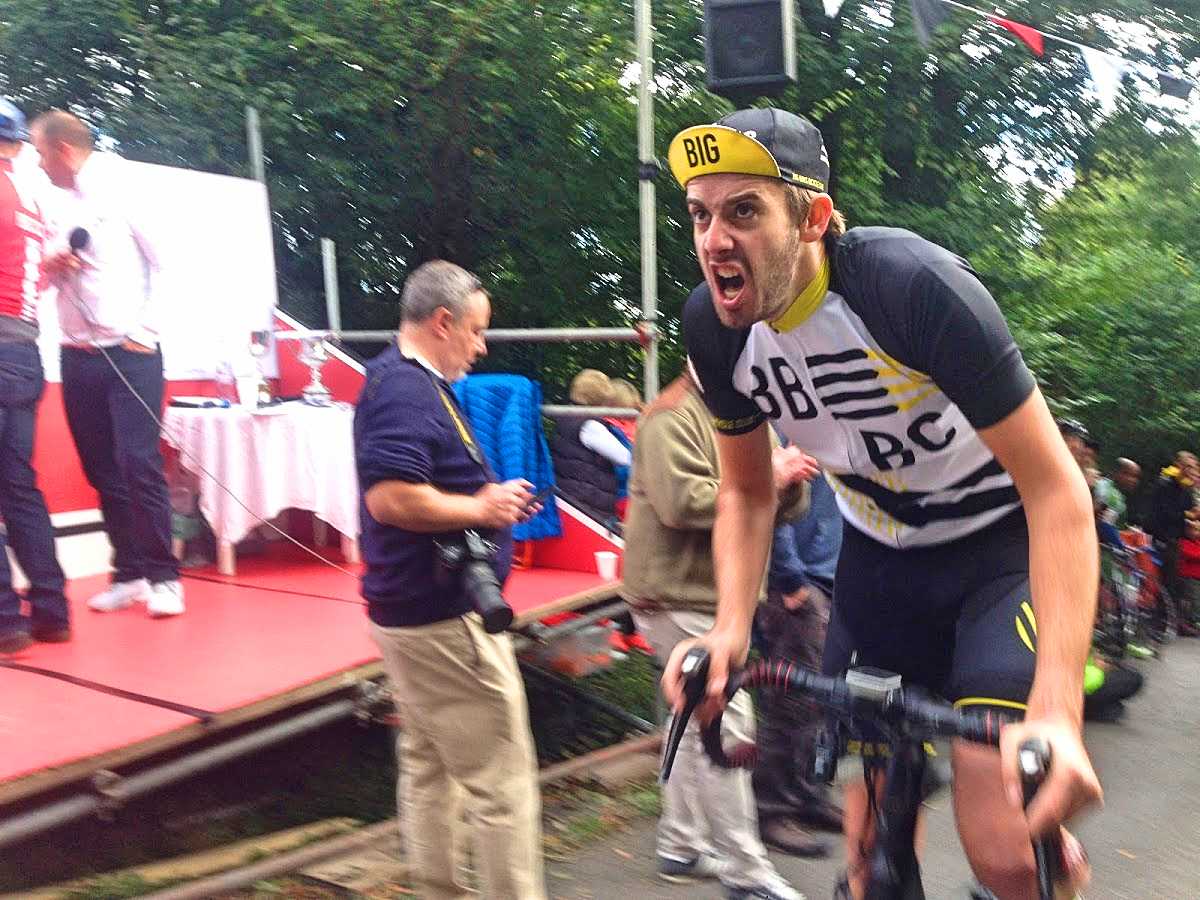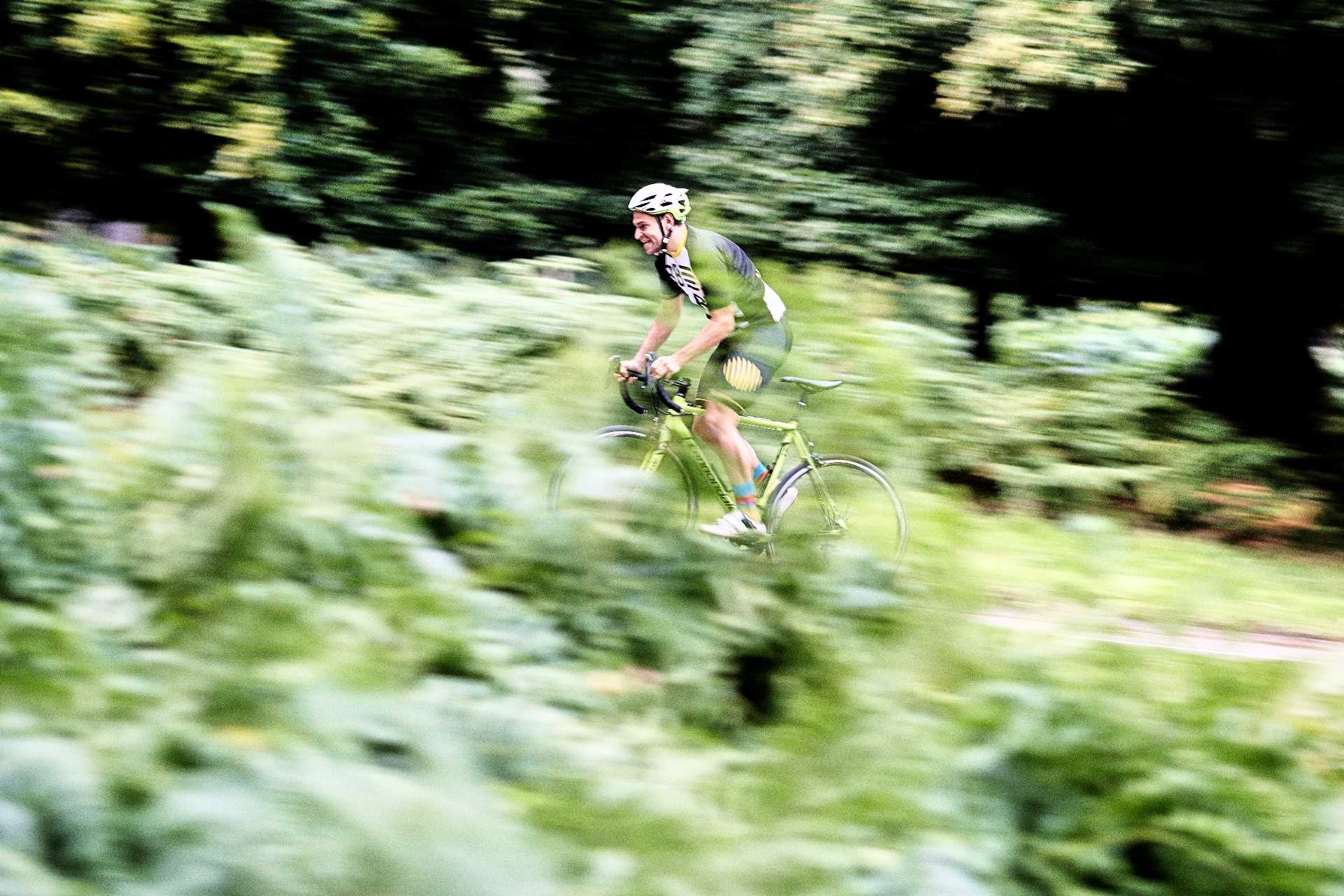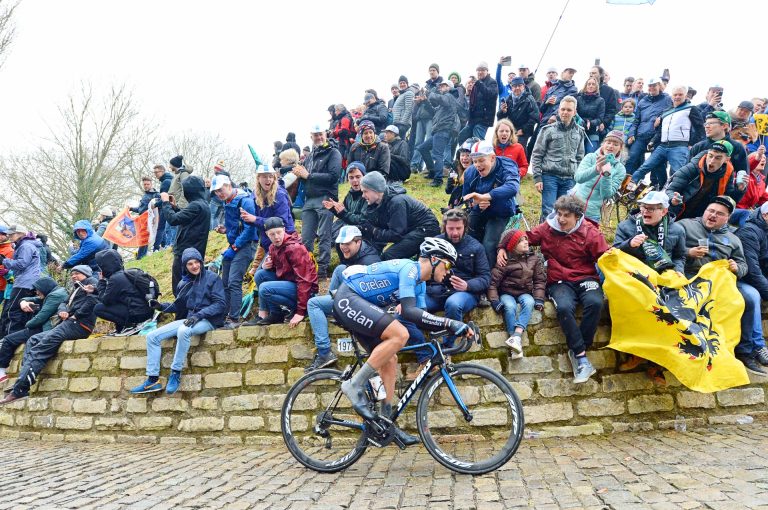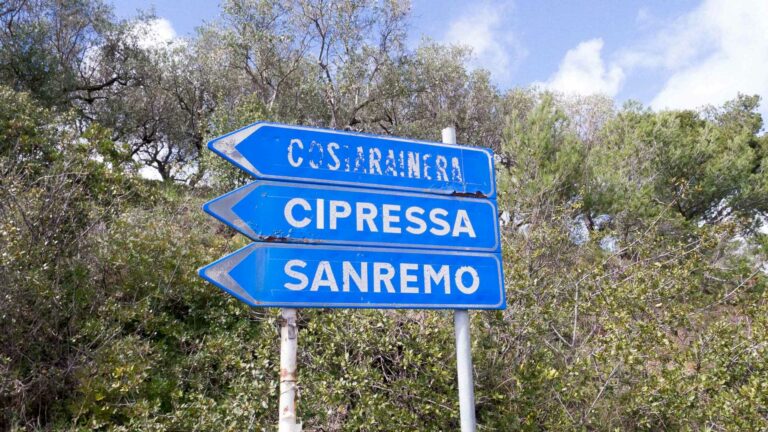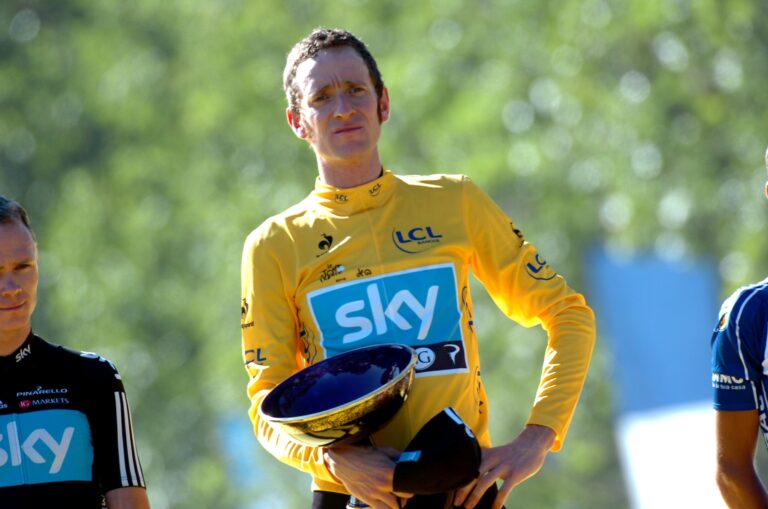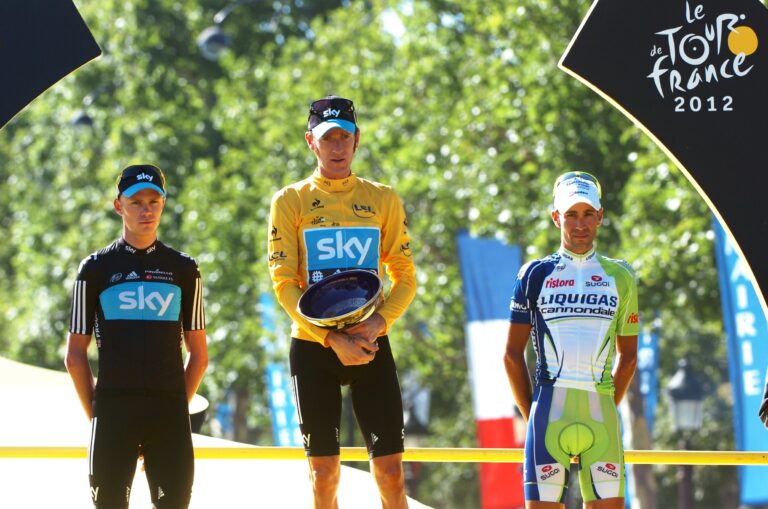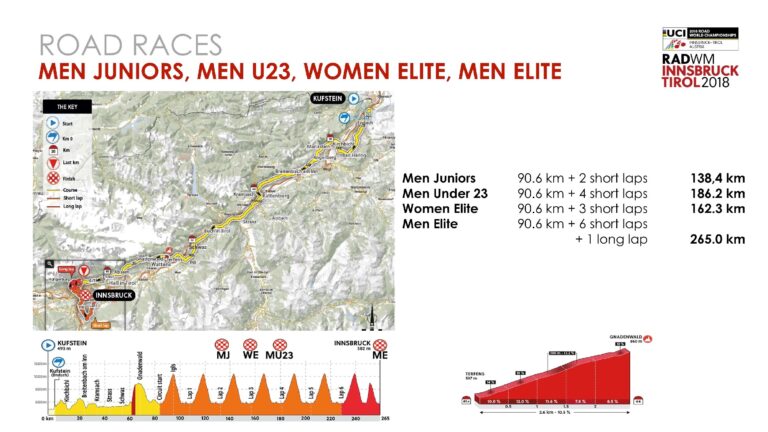As the leaves begin to fall and Peter Sagan is crowned world champion for another year, September heralds the end of the road racing season – and the beginning of an altogether more esoteric type of competitive cycling; TTs and HCs.
While time trials do run through the year, there’s a noticeable increase in TT activity as the road season draws to a close. Hill climbs, however, are definitely a preserve of the autumn months, when a layer of decaying leaves and wet gravel coats the roads of rural Britain, making climbing uphill fast even more difficult than usual.
Hill climbs tend to last about three minutes. Organisers have traditionally sought out the steepest, most agonising climbs in their area on which to stage such events, so that won’t be three minutes you enjoy, unless you are a very particular type of masochist.

In some ways, time trials and hill climbs are the same. They are both governed by the same organising body (Cycling Time Trials), and a hill climb follows the same basic format as a TT; each individual starts at a given interval apart, then completes the course as fast as they can.
That’s where the similarities end, though.
A TT is about the effort a single rider can put in against the clock, turning themselves inside out for 10, 20, 50 or even 100 miles. They are long and bloody lonely.
The hill climb, on the other hand, is pure pageantry – the winner is the rider with the fastest time, still, but there are kudos on offer for panache, painface and persistence too. And that goes double if you compete on a tandem.
[series]

